Contents
Understanding Coin Cell Battery Basics
As the name indicates, coin-cell batteries are coin-shaped single-cell batteries. Also known as button cells or micro batteries, their origins date back to the late 1930s and early 1940s.
Typically credited to inventor Samuel Ruben, these batteries were initially designed for portable military equipment.
Modern coin cell batteries feature lithium or zinc anodes paired with silver oxide, carbon monofluoride, copper oxide, manganese dioxide, or dioxygen cathodes.
While manganese dioxide cathodes (positive electrodes) are typically named after their anodes (negative electrodes), we name silver, iron sulfide, and mercury coin cell batteries according to their cathode (positive electrode). This is because they also either use a zinc or lithium anode.
Here are the most common coin cell batteries and their chemical compositions:
| Name | Cathode | Anode | Electrolyte | Nominal Voltage |
| Alkaline (L) | Manganese Dioxide | Zinc | Zinc Chloride | 1.5 V |
| Silver (S) | Silver Oxide | Zinc | Alkali | 1.55 V |
| Zinc Air (P) | Oxygen | Zinc | Alkali | 1.4 V |
| Iron Sulfide (F) | Iron Disulfide | Lithium | Organic | 1.5 V |
| Lithium (C) | Mangenese Dioxide | Lithium | Organic | 3 V |
With so many coin-cell variations, knowing how to differentiate between them—such as CR2025 and CR2032—is essential.
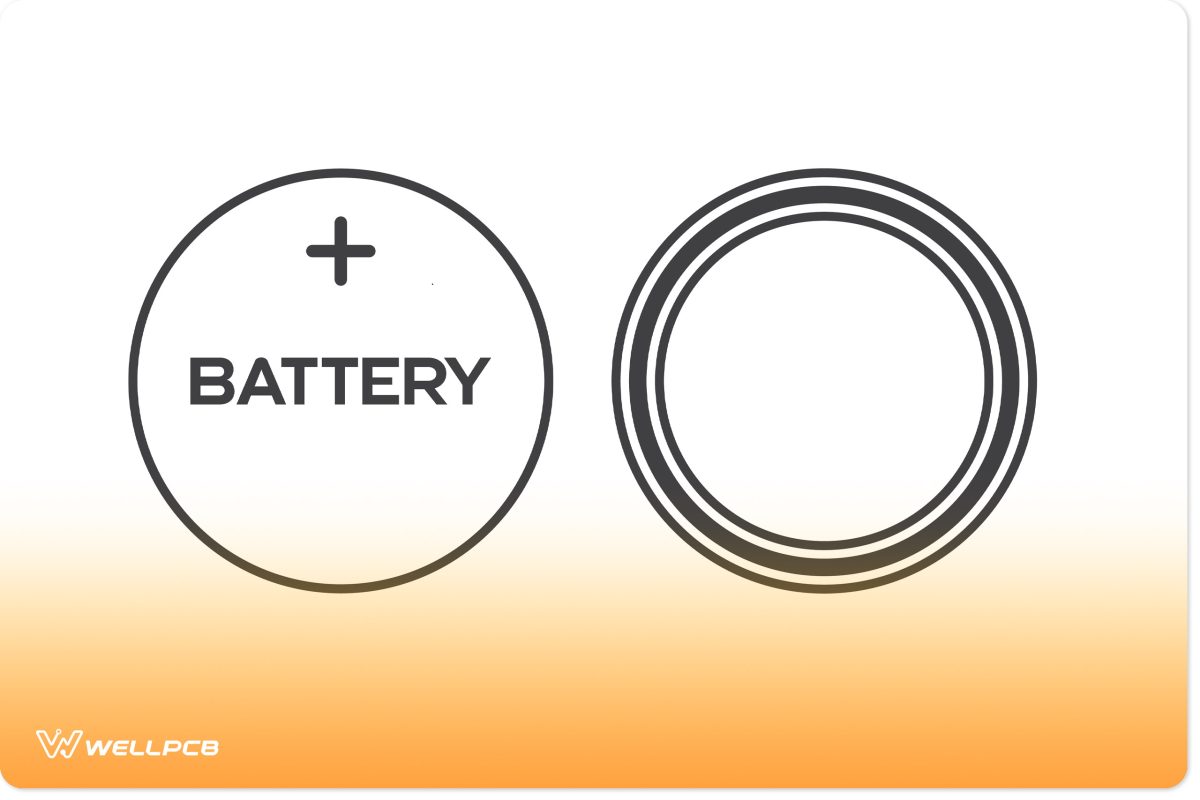
Decoding the Coin Cell Code
The International Electrotechnical Commission (IEC) introduced the 60086-3 standard to simplify the identification and categorization of coin batteries. This system uses a six-character alphanumeric code, where each character represents one of the battery’s characteristics.
- First letter: Indicates the chemical composition. For example, “L” represents alkaline batteries, while “C” is for lithium batteries, like CR2025 and CR2032.
- Second letter: Indicates shape, with “R” denoting a round or cylindrical form.
- Numbers: The first number(s) specifies the nominal diameter in millimeters; the final number(s) represents the thickness.
For example, the CR2032 battery is a round, lithium-based battery with a 20mm diameter and 3.2 mm thickness. Variations in size and chemistry, even if subtle, determine compatibility and performance for devices.
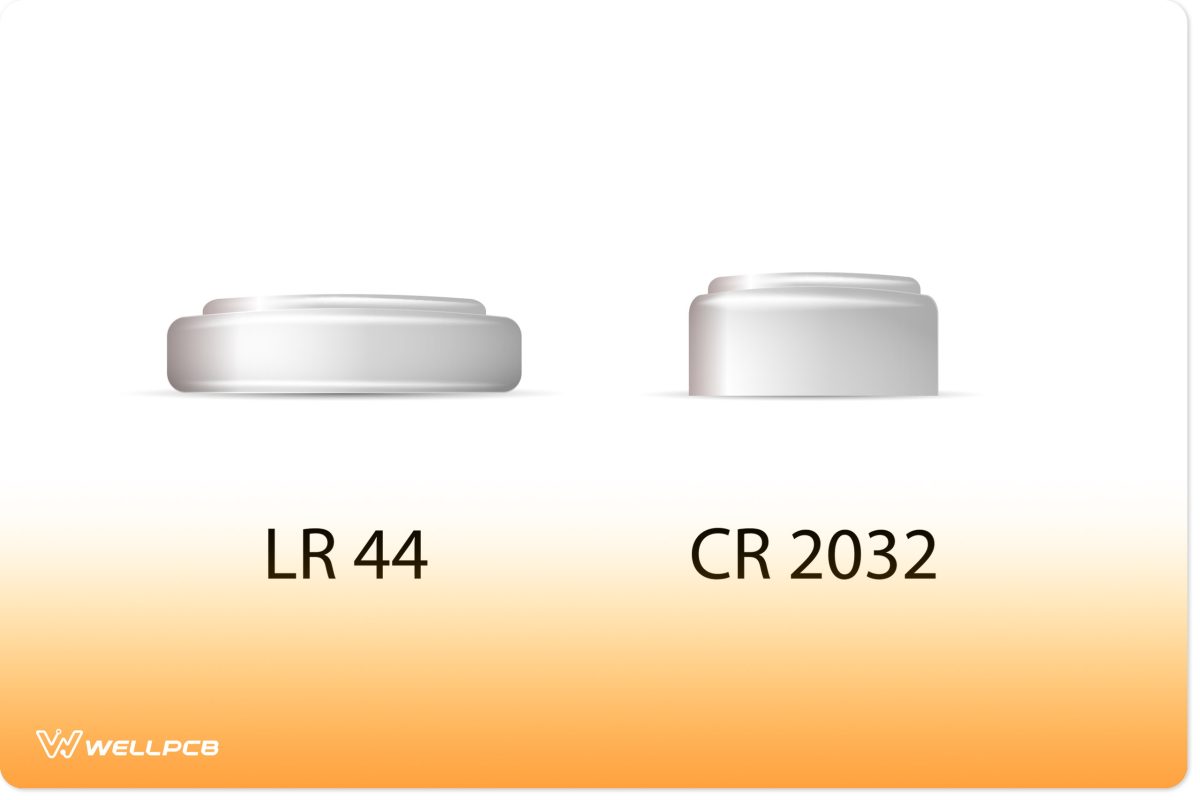
By using these codes, we can already identify key similarities and differences between CR2025 and CR2032 batteries.
Note: The above naming conventions apply to non-rechargeable coin batteries. Rechargeable batteries are given additional prefixes, such as LiR, for rechargeable CR batteries.
CR2025 vs CR2032: A Detailed Look
| Name | Anode | Cathode | Nominal diameter | Thickness | Maximum voltage | Capacity |
| CR2025 | Lithium | Manganese Dioxide | 20.0mm | 2.5mm | 3.7V | 170mAh |
| CR2032 | Lithium | Manganese Dioxide | 20.0mm | 3.2mm | 3.7V | 220mAh |
Key Similarities and Considerations
Voltage and Chemistry
Both the CR2025 and CR2032 are non-rechargeable lithium-ion batteries with a nominal voltage of 3.7V and a diameter of 20mm. They also share a similar operational temperature range, from -30 to 60°C.
Shelf Life
With a self-discharge rate of approximately 1% per year, both batteries offer a shelf life of around 10 years when stored properly.
Applications
Because of their many similarities, CR2025 and CR2032 batteries can often be used interchangeably in a range of devices, including:
- Wristwatches
- Pocket calculators
- Hearing aids
- Fitness devices
- Temp sensor
- Laser pens
- Medical devices
- Real-time clock modules
- Garage door openers
- LED lights
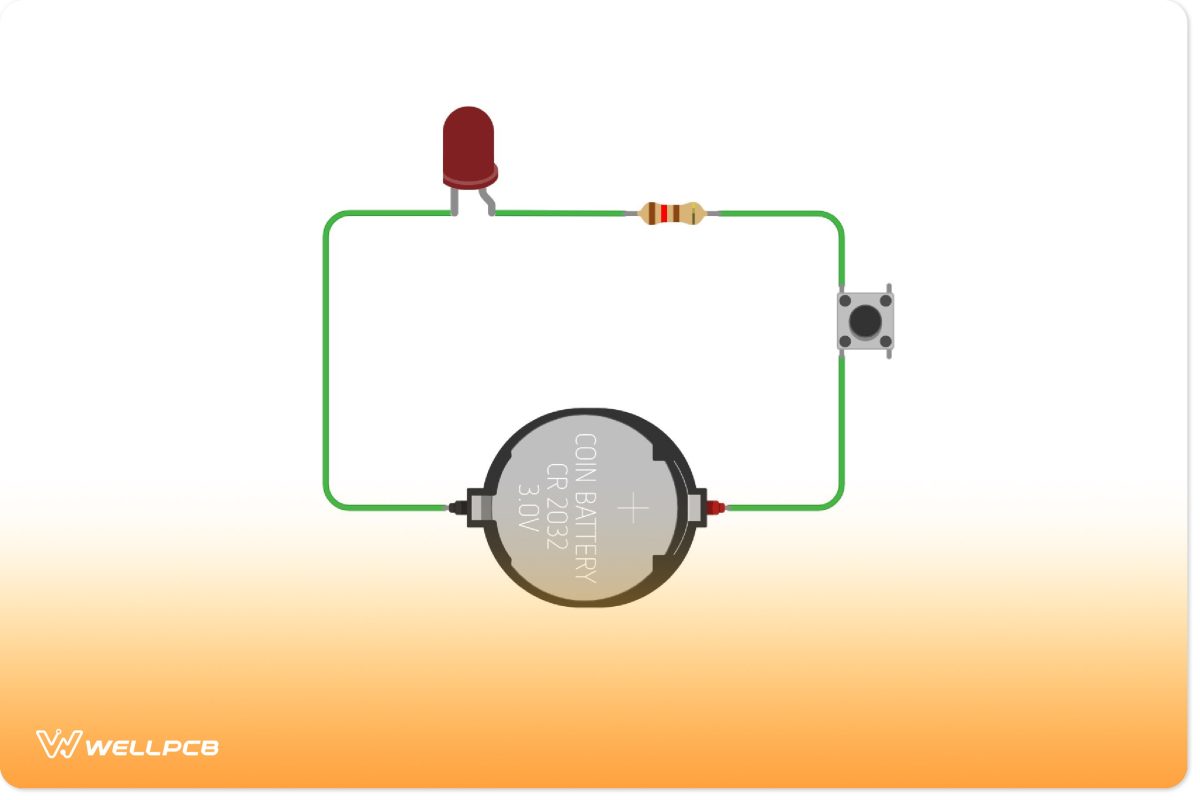
While you can use these batteries interchangeably in some instances, certain devices may not allow it. But why is that the case when these batteries are so similar?
Key Differences and Choosing the Right Battery
Thickness
The most noticeable difference is thickness: CR2025 has a thickness of 2.5mm, while CR2032 measures 3.2mm. The thicker CR2032 fits more snugly in battery compartments, though most devices can accommodate either.
Capacity
The size difference isn’t just mechanical or aesthetic, it’s proportional to the amount of reserve capacity each battery can store.
The CR2032’s greater thickness gives it a higher capacity of 220mAh compared to the CR2025’s 170mAh.
This means the CR2032 generally lasts longer under load. For instance, in high-drain applications, the CR2025 typically lasts 2–3 months, while the CR2032 can last 3–4 months.
A higher mAh capacity also affects the shelf-life. As such, the CR2032 has a slightly longer average shelf-life than the CR2025.
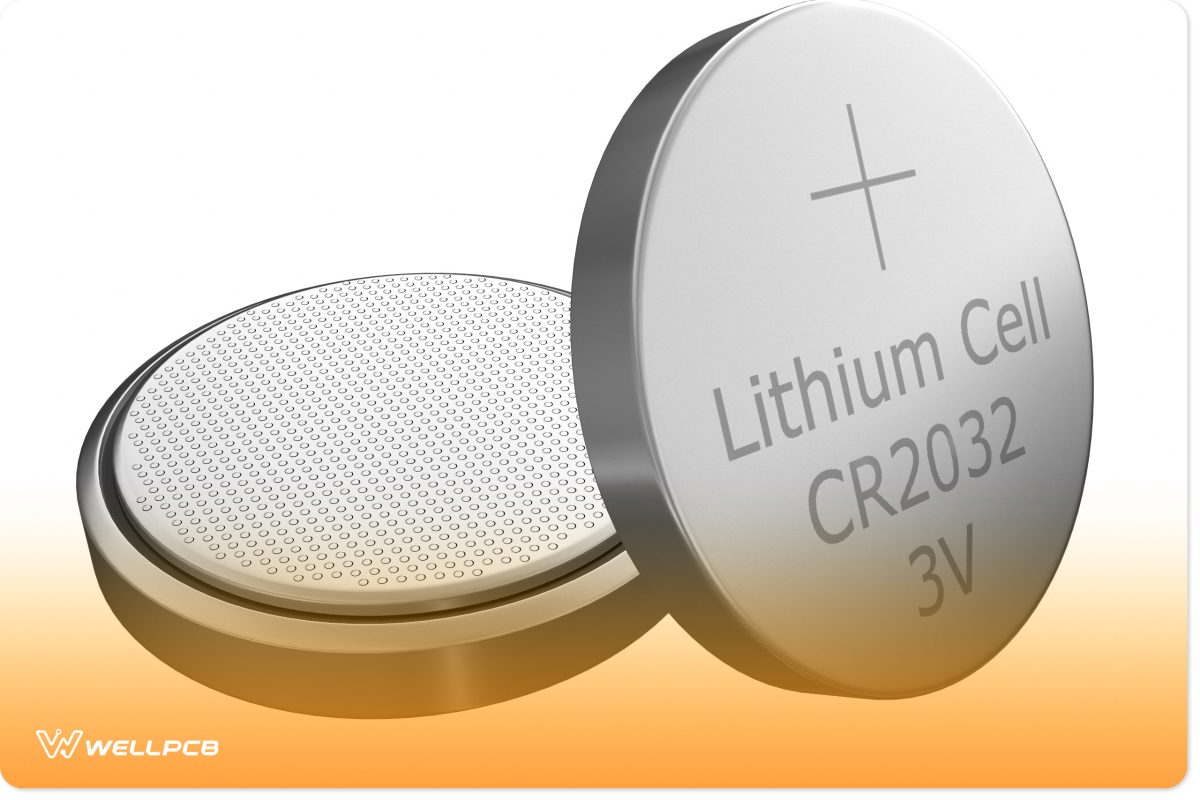
Drain and Interchangeability
As power source requirements vary across electronic devices, batteries drain differently. How much a device drains—and how long the battery lasts—will depend on the device and the dynamic loads applied to the lithium cells in the battery.
Generally, lithium batteries with high initial discharge rates tend to have extremely low overall discharge rates. Hence, these batteries last longer than alkaline batteries. However, because CR2025 and CR2032 have different sizes and capacities, they aren’t always interchangeable.
How to Choose the Right Battery?
Consider Device Requirements
Most portable device manufacturers favor CR2032 batteries due to their larger capacities. Many devices, including most PC motherboards, use CR2032 as a standard. While CR2025 batteries may fit in some of these devices, they might sit loosely in the compartment and drain faster, requiring more frequent replacements.
High-Drain vs Low-Drain Devices
For low-drain devices like toys or remotes, the CR2025 is often sufficient. For active devices that drain batteries relatively quickly—such as medical, hearing aids, pacemakers, and digital watches—the CR2032 is typically the better choice.
These devices require a much longer shelf life, better quality materials, additional charge, and larger capacity. Always consult the device manual to confirm the recommended battery type.
Additional Considerations
If you need to use a CR2032 in place of a CR2025 in a larger compartment, insert a piece of aluminum foil (or another suitable conductor) into the space above the battery. Make sure the folded piece is placed on the positive (+) side of the battery.
Some small devices like watches still use CR2025 batteries, though many can also take a CR2032 and gain its higher capacity. However, some battery compartments are designed exclusively for the thinner CR2025, making this substitution impossible.
Additional Considerations
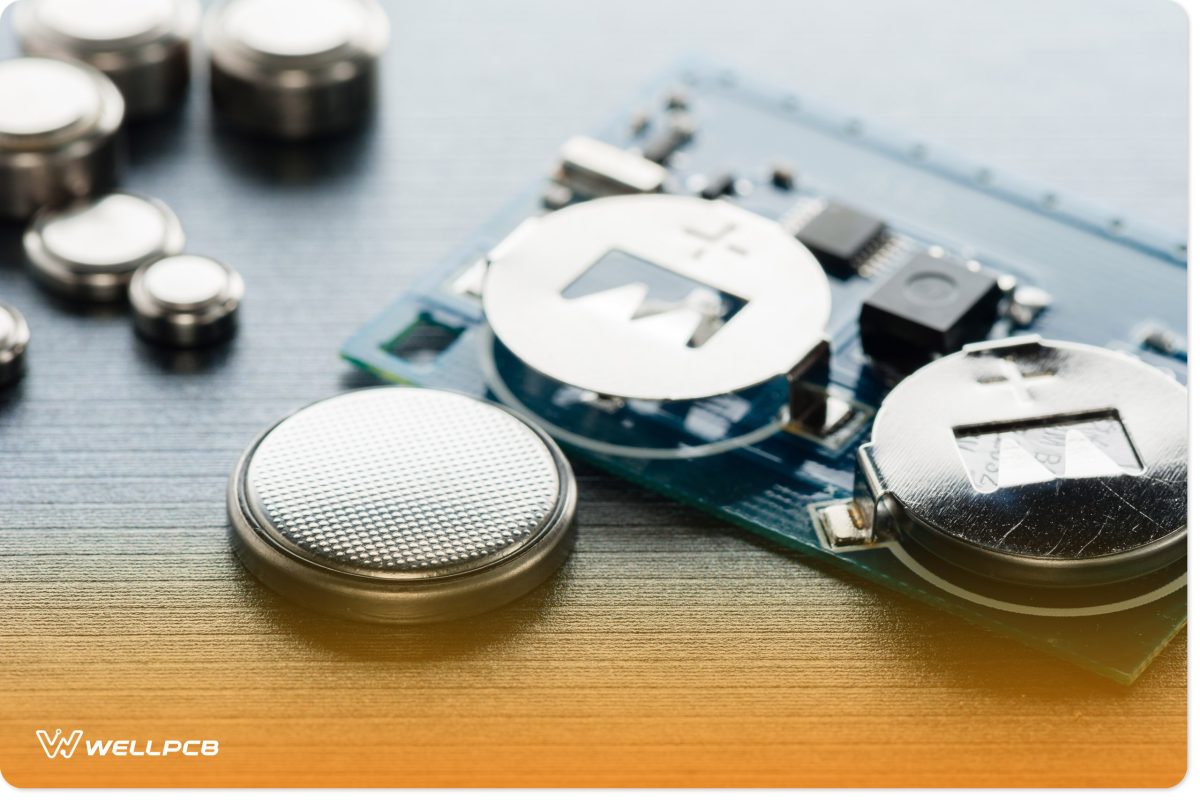
Beyond CR2025 and CR2032
While lithium batteries offer long-lasting, reliable power compared to alkaline batteries, they generally cost more. Even so, in most cases, lithium coin cell batteries are usually preferred for their performance.
While CR2025 and CR2032 are popular choices, they aren’t the only lithium batteries with a 20 mm diameter. Others include:
- CR2012: 1.2mm thickness, 55mAh
- CR2016: 1.6mm thickness, 90mAh
- CR2020: 2.0mm thickness, 115–125mAh
- CR2040: 4.0mm thickness, 280mAh
- CR2050: 5.0mm thickness, 350mAh
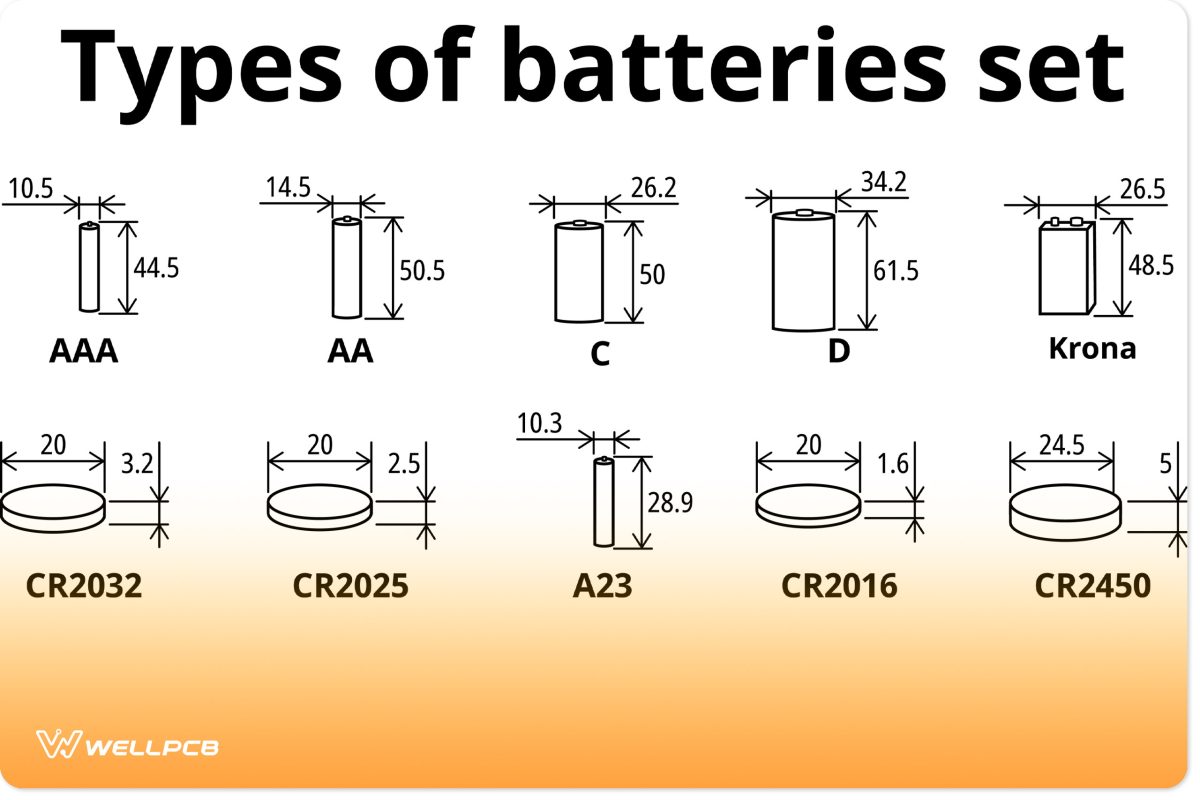
The CR2032 remains the most widely used lithium cell battery despite being thicker than a CR2012 or having less capacity than the CR2050.
Along with the CR2025, the C2032 offers the perfect balance between size and capacity, making it ideal for a broad range of modern applications. Although thicker batteries like the CR2040 and CR2050 offer higher capacities, they are less common, and some—like the CR4040—are nearly obsolete.
All these batteries consist of the same material, have the same 3V cutoff voltage, and share the same diameters. As such, they can be used interchangeably if device compartment space allows.
In fact, due to these similarities, you can stack two CR2016 batteries and use them in place of a CR2032—giving them a combined thickness of 3.2 mm and a combined cutoff voltage of 6V. This approach is ideal for applications that require electrical charges higher than 3V.
Other available lithium coin battery diameters include:
- 9.5mm (CR927)
- 10mm (CR1025)
- 11.5mm (CR1130)
- 12.5mm (CR1216, CR1225)
- 16mm (CR1616, CR1620, CR1632)
- 23mm (CR2320, CR2330, CR2354)
- 24.5mm (CR2412, CR2430, CR2450, CR2477)
- 30mm (CR3032)
As these all have specific use cases, voltage cutoffs, capacities, and limitations, they cannot be used in place of CR20 batteries.
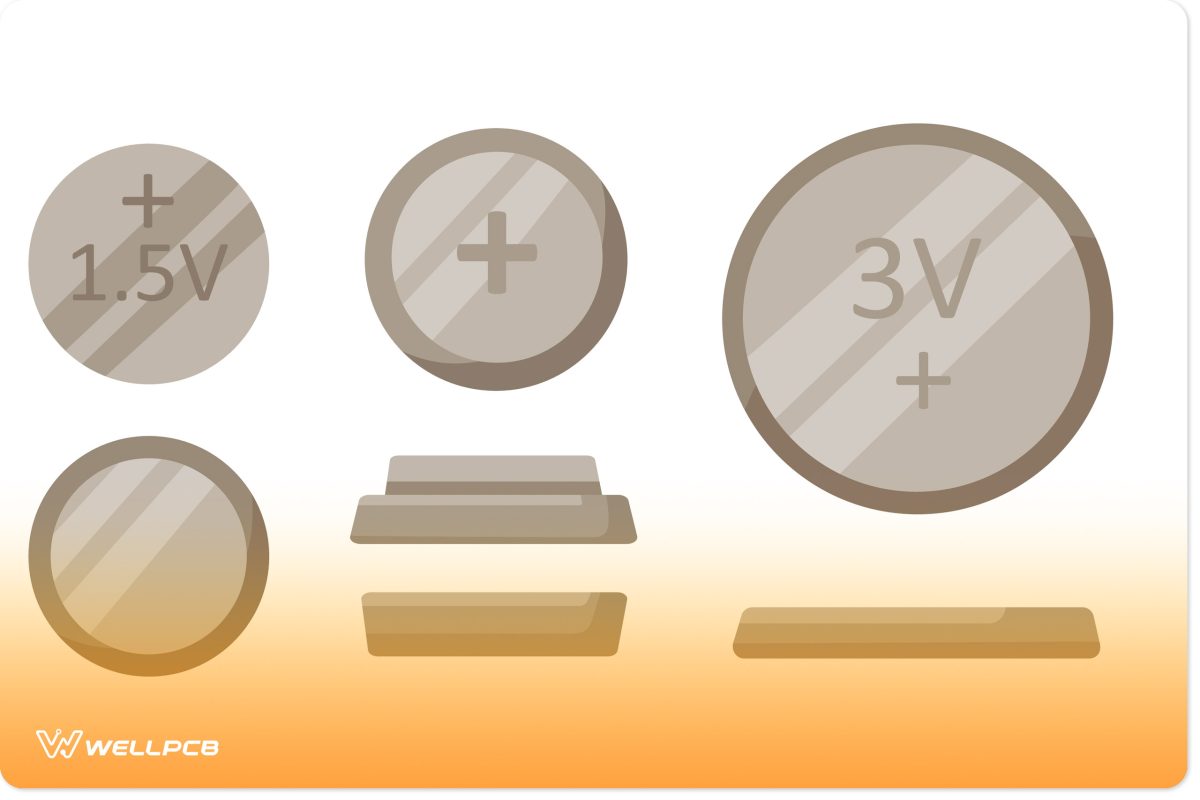
Conclusion
Both CR2025 and CR2032 batteries deliver reliable, long-lasting power and can be good alternatives to traditional alkaline batteries.
When deciding between them, the only differences to keep in mind are capacity, thickness, and usage suitability.
The CR2032, with its higher capacity, is ideal for devices requiring longer battery life, while the thinner CR2025 may work well in small or low-drain items.
And while they share similar diameters, device compatibility can vary based on the battery compartment.
Visit our blog regularly to keep up with the latest industry insights and learn more about electronic components. For expert support on your next electronic manufacturing project, contact the WellPCB team today.





